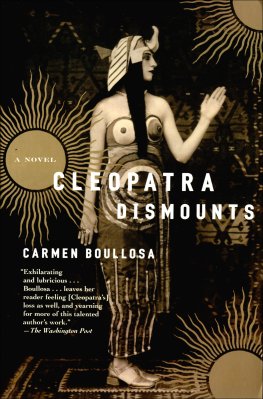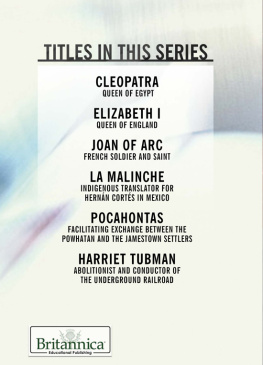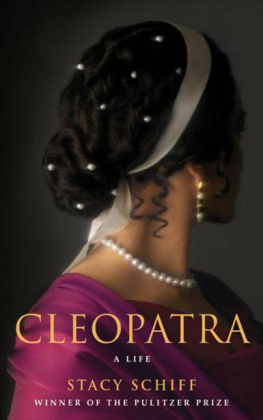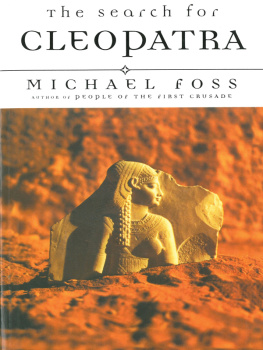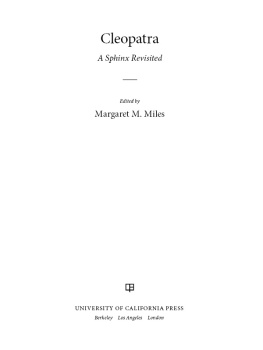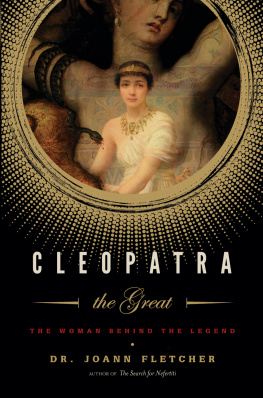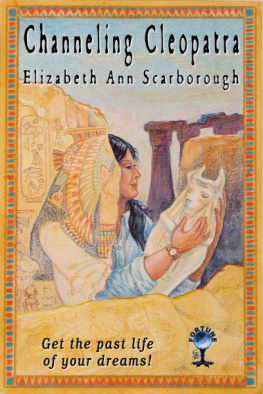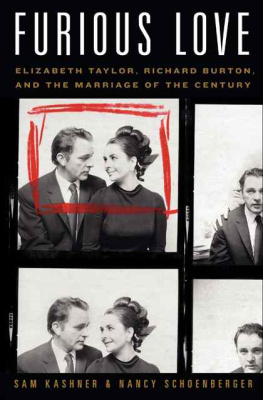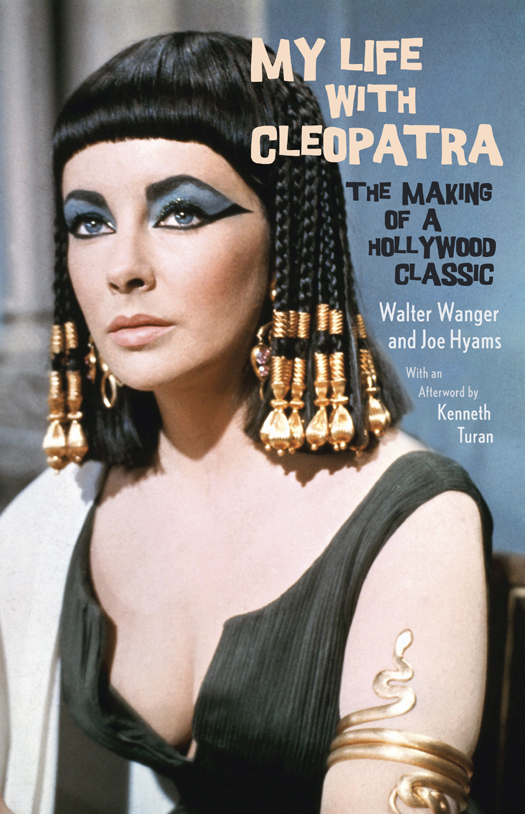WALTER WANGER and JOE HYAMS
MY LIFE WITH CLEOPATRA
Walter Wanger, the producer of Cleopatra, attended Dartmouth, served as a reconnaissance pilot with the Signal Corps of the U.S. Army in Italy in WWI, was appointed attach to the American Peace Mission headed by President Wilson, and attended the Paris Peace Conference. In the early 1920s, Wanger worked at Paramount Studios where he acquired the novel The Sheik, which was made into a successful film starring Rudolph Valentino. After a brief hiatus in England, Wanger returned to Paramount where he was general manager of production from 1924 to 1931. He was president of the Academy of Motion Picture Arts and Sciences from 1939 to 1941, for which he received an Honorary Academy Award in 1946. The producer of more than sixty motion pictures, including the first outdoor color film and Queen Christina, Scarlet Street, Stagecoach, Foreign Correspondent, I Want to Live, and The Invasion of the Body Snatchers, he worked with such directors as John Ford, Alfred Hitchcock, George Cukor, Victor Fleming, Fritz Lang, and Don Siegel; and such stars as Ingrid Bergman, the Marx Brothers, Henry Fonda, Charles Boyer, Cary Grant, Claudette Colbert, Fredric March, Susan Hayward, and Greta Garbo. He married Justine Johnson, a Ziegfield Girl, and later the actress Joan Bennett with whom he had two daughters. He died in 1968.
Joe Hyams was a Hollywood columnist, former movie editor of This Week magazine, and Hollywood correspondent for the New York Herald Tribune. He was the author or co-author of over two dozen books, many of which are bestselling biographies of Hollywood stars. He died in 2008.
FIRST VINTAGE BOOKS EDITION, JUNE 2013
Copyright 1963 by Walter Wanger and Joe Hyams
Afterword copyright 2013 by Kenneth Turan
All rights reserved. Published in the United States by Vintage Books, a division of Random House, Inc., New York, and in Canada by Random House of Canada Limited, Toronto. Originally published in paperback in slightly different form in the United States by Bantam Books, Inc., New York, in 1963.
Vintage and colophon are registered trademarks of Random House, Inc.
The Cataloging-in-Publication data is on file at the Library of Congress.
eISBN: 978-0-345-80406-8
www.vintagebooks.com
Cover design by Mark Abrams
Cover photograph: Silver Screen Collection/Moviepix/Getty Images; Keystone-France/Gamma-Keystone via Getty Images
v3.1
To my daughters
Stephanie and Shelley
who wanted to know
what a producer does
CONTENTS
BOOK I
Beginnings
BOOK II
Fiasco in London
BOOK III
Intermission in Hollywood
BOOK IV
Cleopatra and Caesar
BOOK V
Cleopatra and Mark Antony
PROLOGUE

What I have to say in this book may shock some hypocrites and offend some moralists. This is not to imply that my book is a deliberate attempt to provoke controversy. The controversy was already there.
I have been told by responsible journalists that there was more world interest in Cleopatra, which I produced, and in its starsElizabeth Taylor, Richard Burton, and Rex Harrisonthan in any other news event of 1962.
Cleopatra is not only the most written about motion picture in history, but it was also the most talked about. As you will discover, never have so many people known so little about a subject which, obviously, intrigued them.
What emerges in these pages is my story of the most expensive and perhaps greatest motion picture in film history. As the producer, I had a birds-eye view of the whole operation, plus a certain degree of detachment. I must add here, however, that I saw the happenings of the four hectic years the film was in production only through the eyes of the producer. I am neither a journalist nor a moralist. My concern was always that of a man who measured everything against one yardstickhow will this affect the picture and Elizabeth Taylor, who is the picture?
Making a motion picture about Cleopatra had always been a dream of mine. I first became aware of the Egyptian queen, so beautiful and wise that she almost ruled the world, when, as an undergraduate at Dartmouth almost half a century ago, I read Thophile Gautiers story, One of Cleopatras Nights. That started me reading everything I could find about herfrom Plutarchs Life of Antony in Norths excellent translation to Shakespeares classic, one of the great tales of human love.
My interest continued long after I became a motion-picture producer in Hollywood. During the next forty years and sixty pictures I cherished a hope that I could one day make a film about Cleopatra.
But there was one major problem. Who could play Cleopatra? I visualized her as more than just a great actress. She had to be the quintessence of youthful femininity, of womanliness and strength.
I saw Eleonora Duse, Sarah Bernhardt, and Ellen Terry, but by the time they had reached stardom they were too old to play Cleopatra. Then, some years ago, I saw Elizabeth Taylor in A Place in the Sun. I was overwhelmed. Despite the modern clothes and dialogue, she came through to me as the one young actress who could play Cleopatra. She is the only woman I have ever known who has the necessary youth, power, and emotion.
Here was my Cleopatra. From then on I never lost sight of my goal. A while later, I bought The Life and Times of Cleopatra, a book by Carlo Maria Franzero, for $15,000a modest beginning for the most expensive picture of all time.
Eventually I moved to 20th Century-Fox. My first project to go into work was Cleopatra. As you will soon see, the studio executives were opposed to the kind of large-scale motion picture I wanted to make and to Elizabeth Taylor as its high-salaried star.
The lack of enthusiasm did not deter me. As I see it, the most important function of an independent producer such as myself is to find material that he believes will interest the public all over the world. Like any creative artist, he must be prepared for and even expect opposition when he wants to do something different and important. As my own experience proves, a producer must be ready to battle for what he believes in.
I remember that when I first proposed The Sheik to Paramount they were shocked, as a love story between a white woman and an Arab was considered too radical. The movie not only made a star of Rudolph Valentino, but it made millions.
There was studio opposition when I bought An American Tragedy from Theodore Dreiser for $90,000 at a time when every film had to have a happy ending, and the word tragedy in a title was anathema.
The Paramount sales department was in an uproar when I purchased Beau Geste, which had no love story and was, to boot, a French title.
The Technicolor Corporation warned me they would not be responsible for the result if I took a Technicolor camera out of the studio to film


